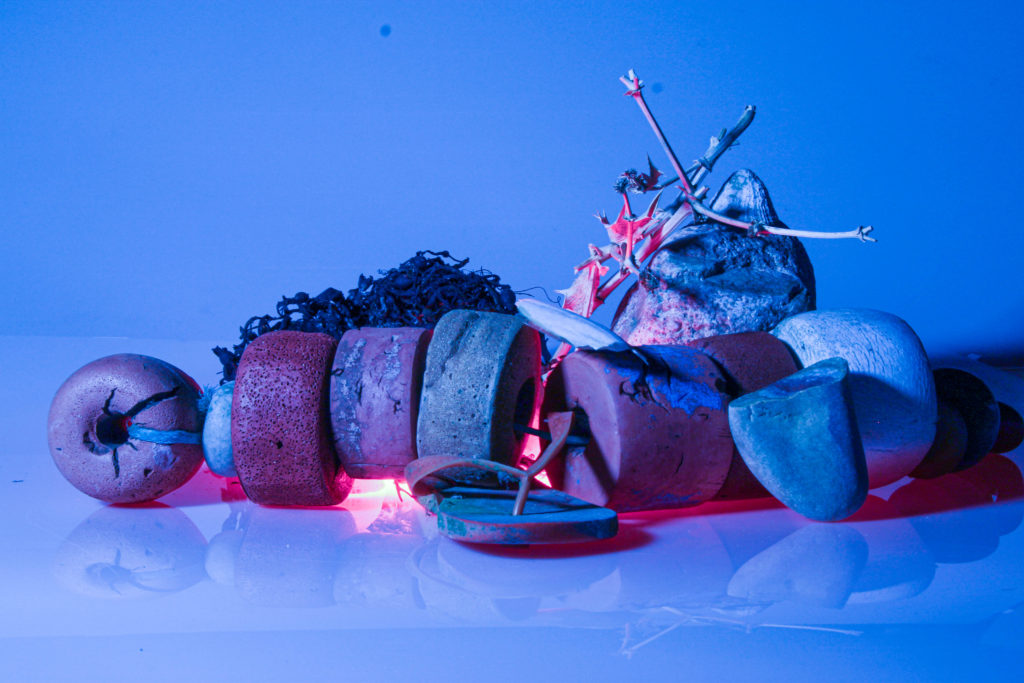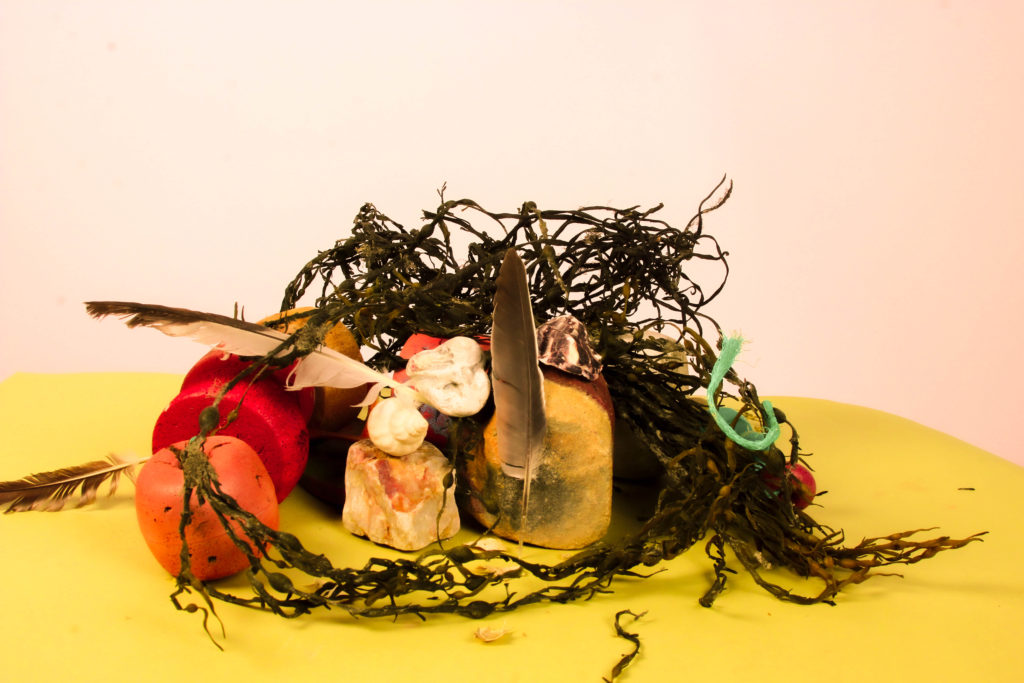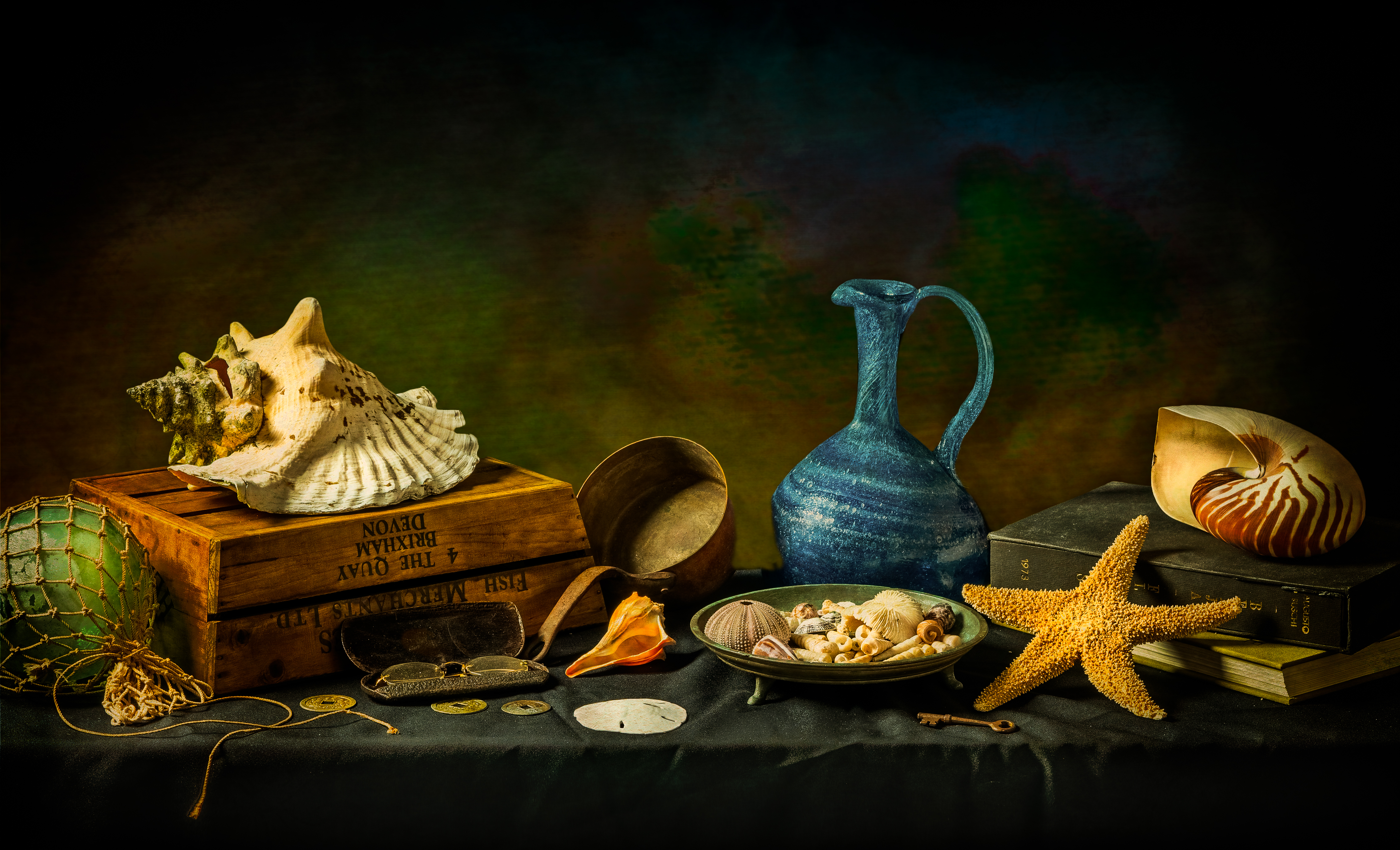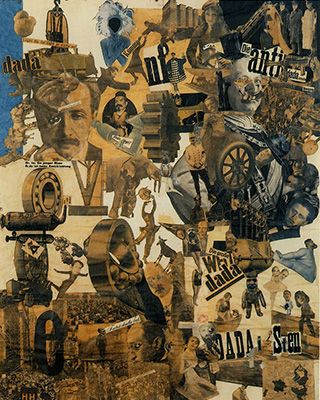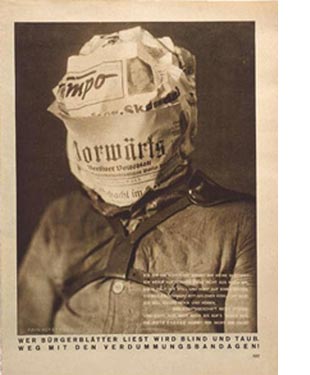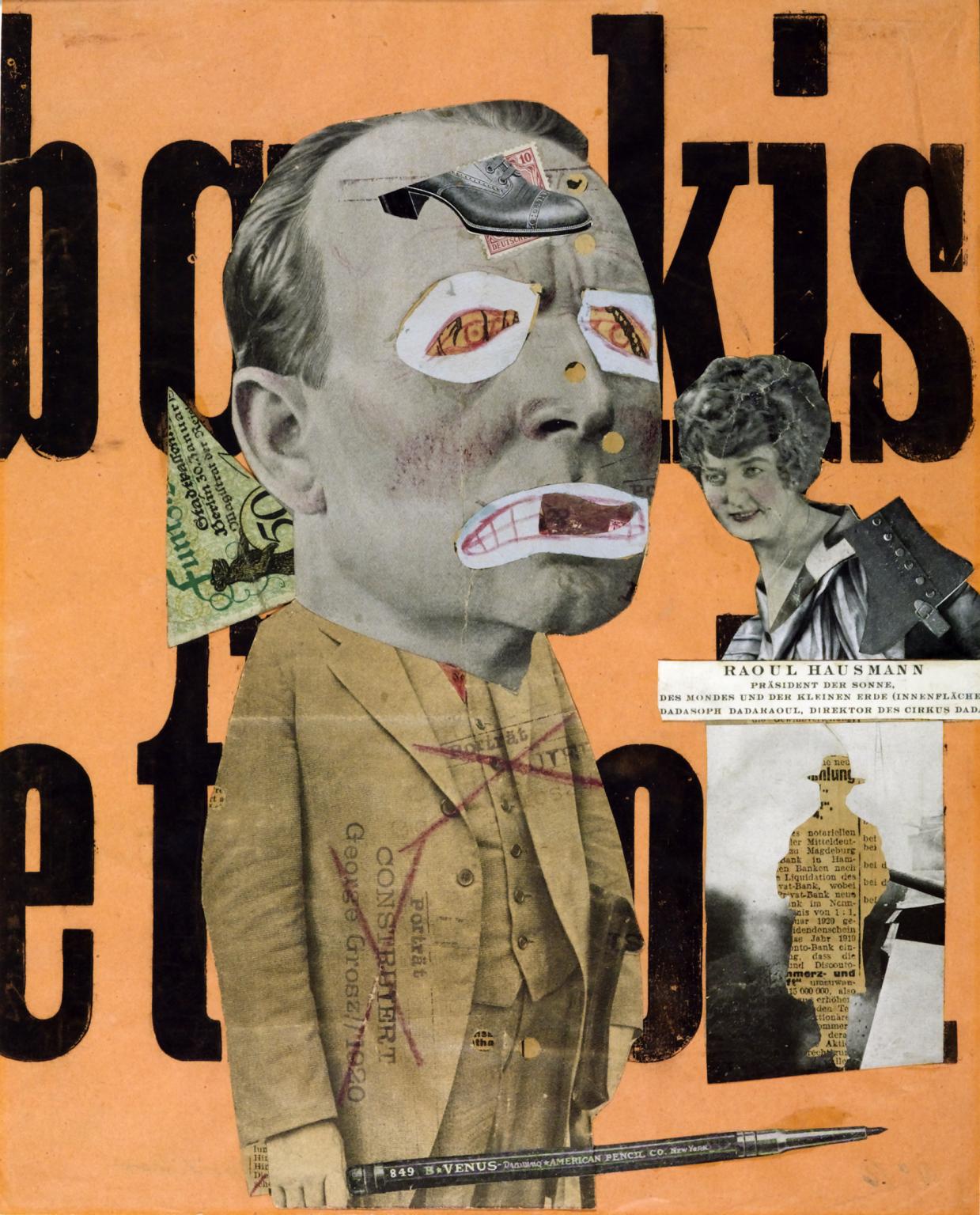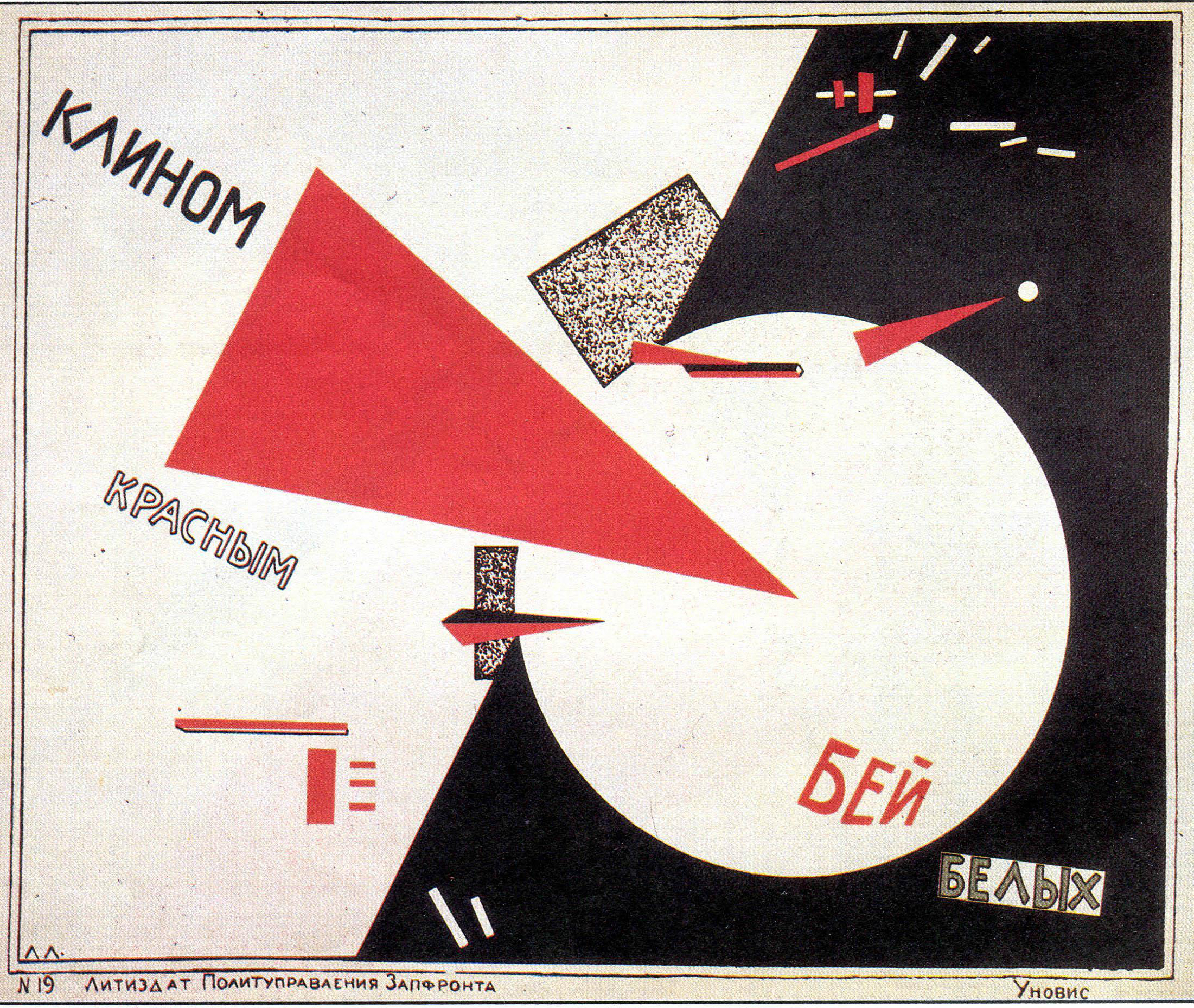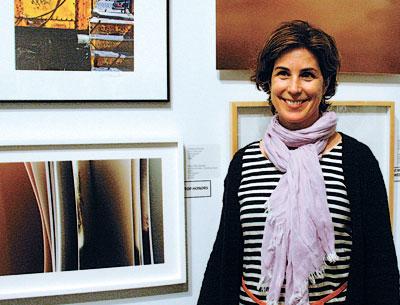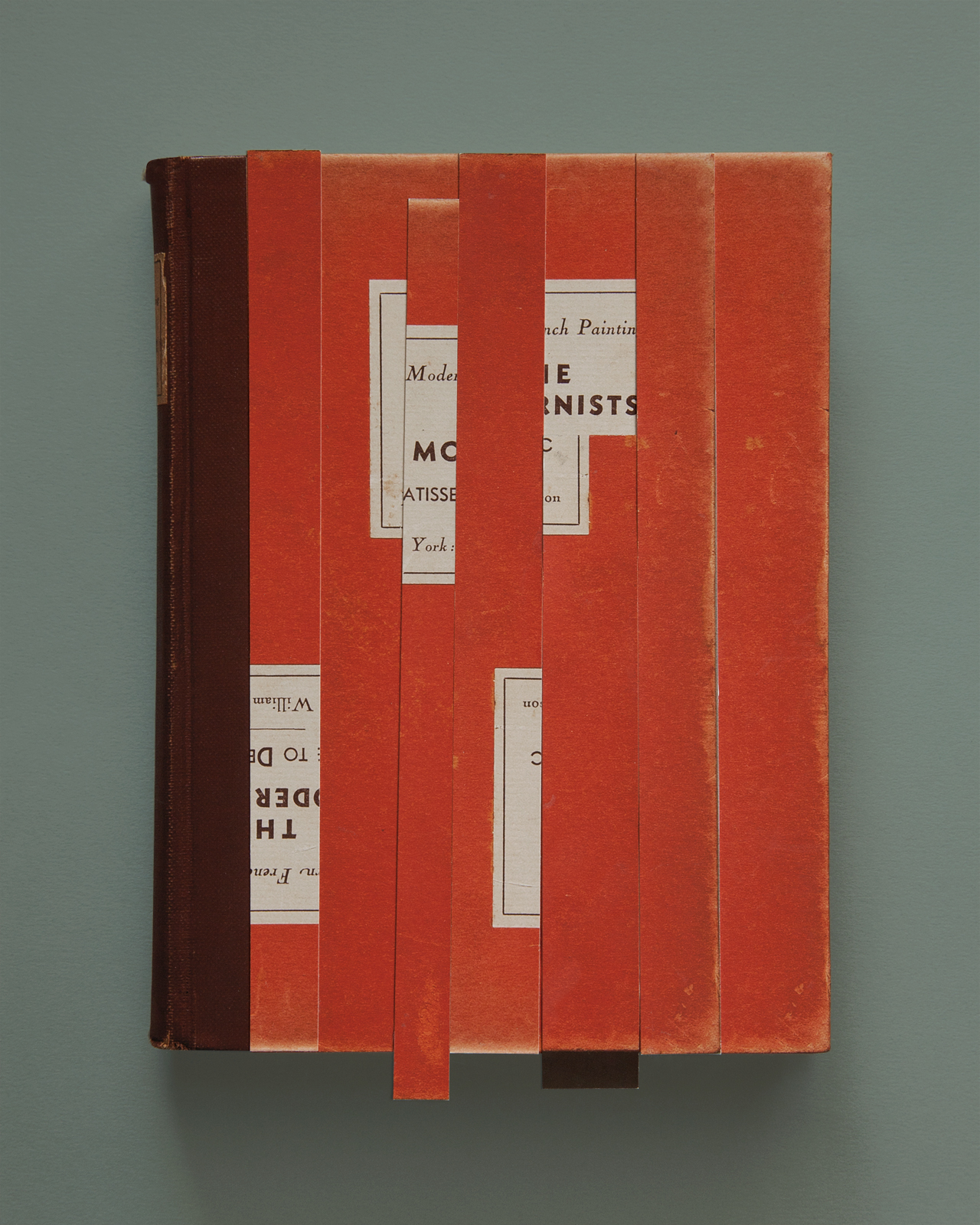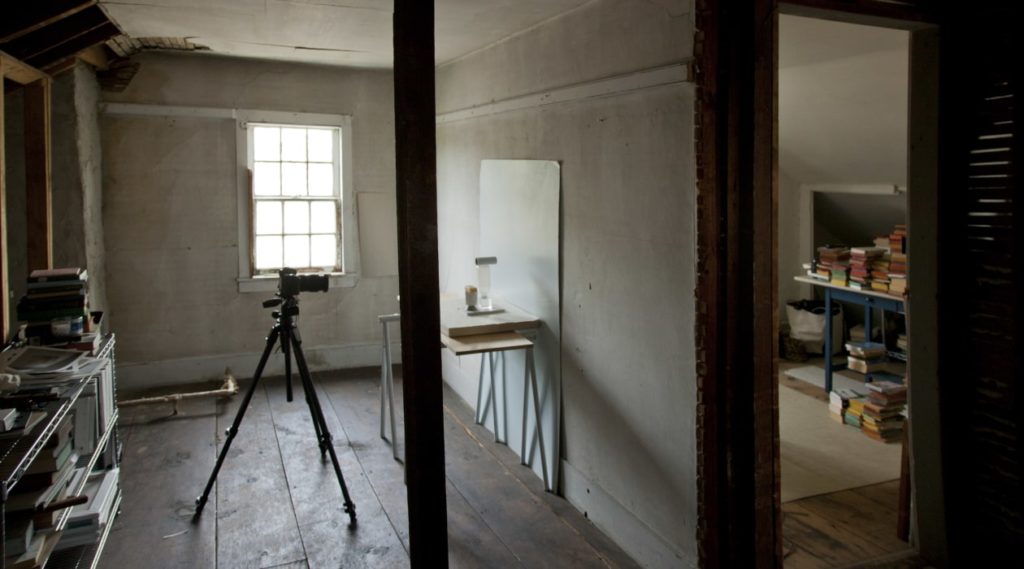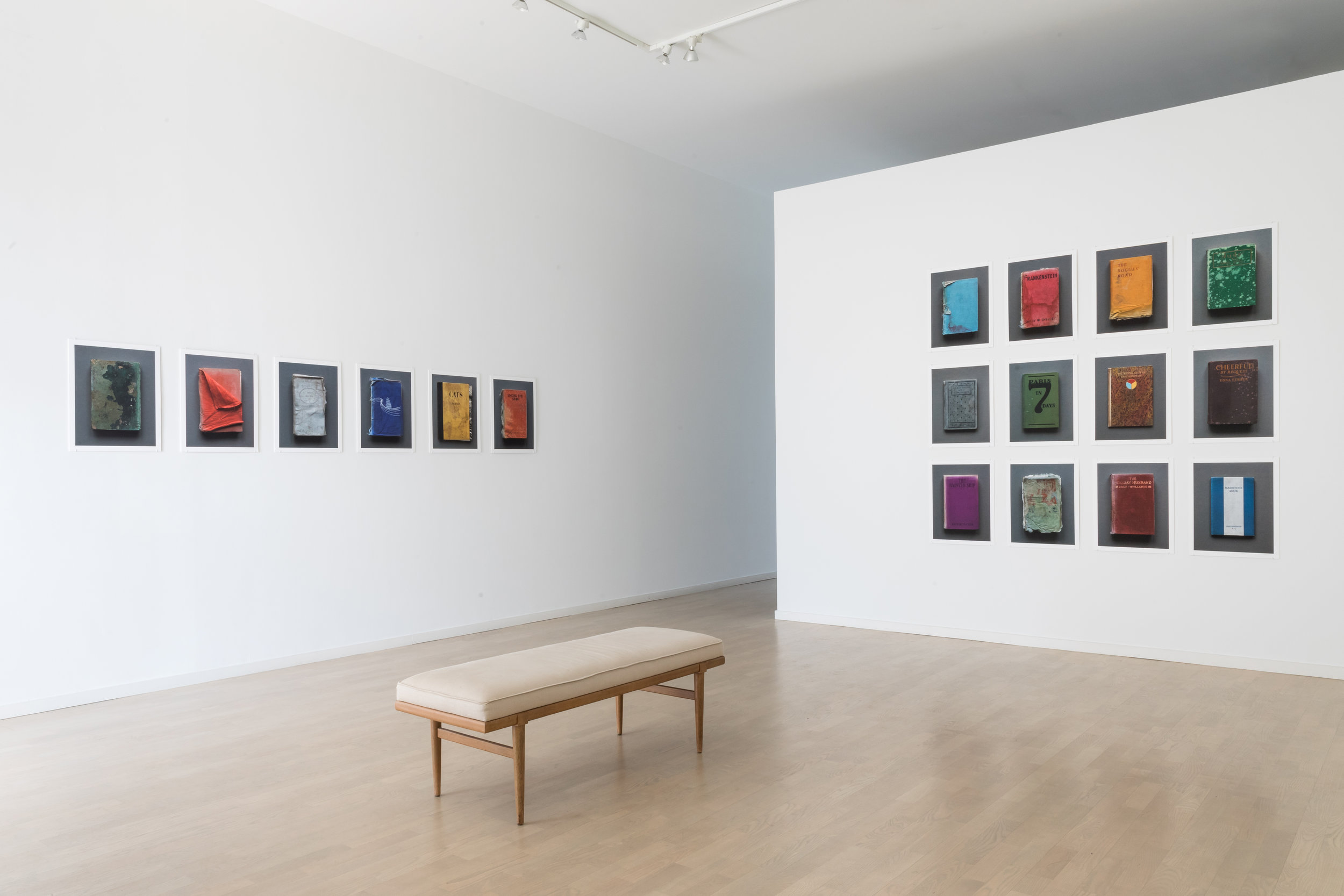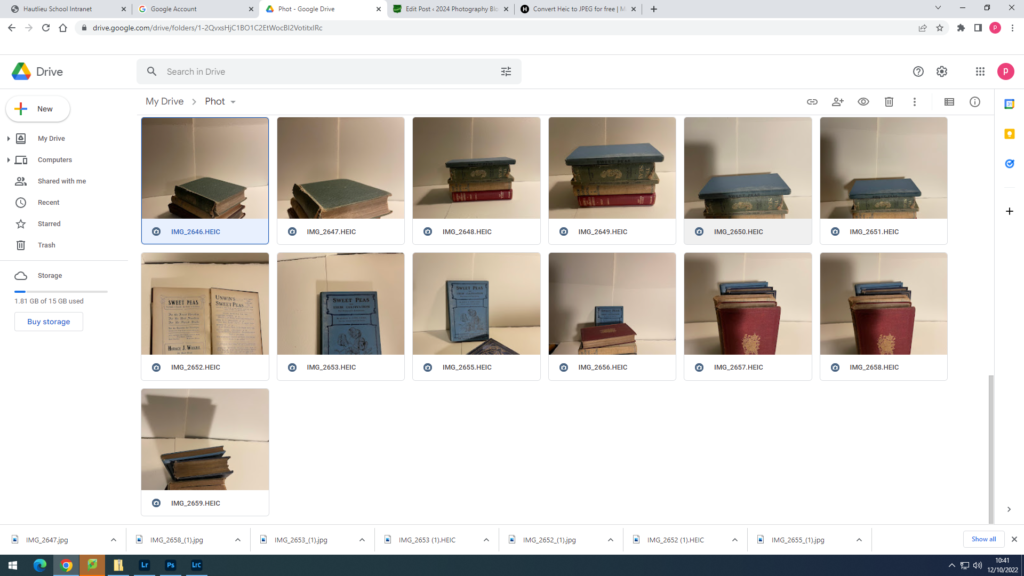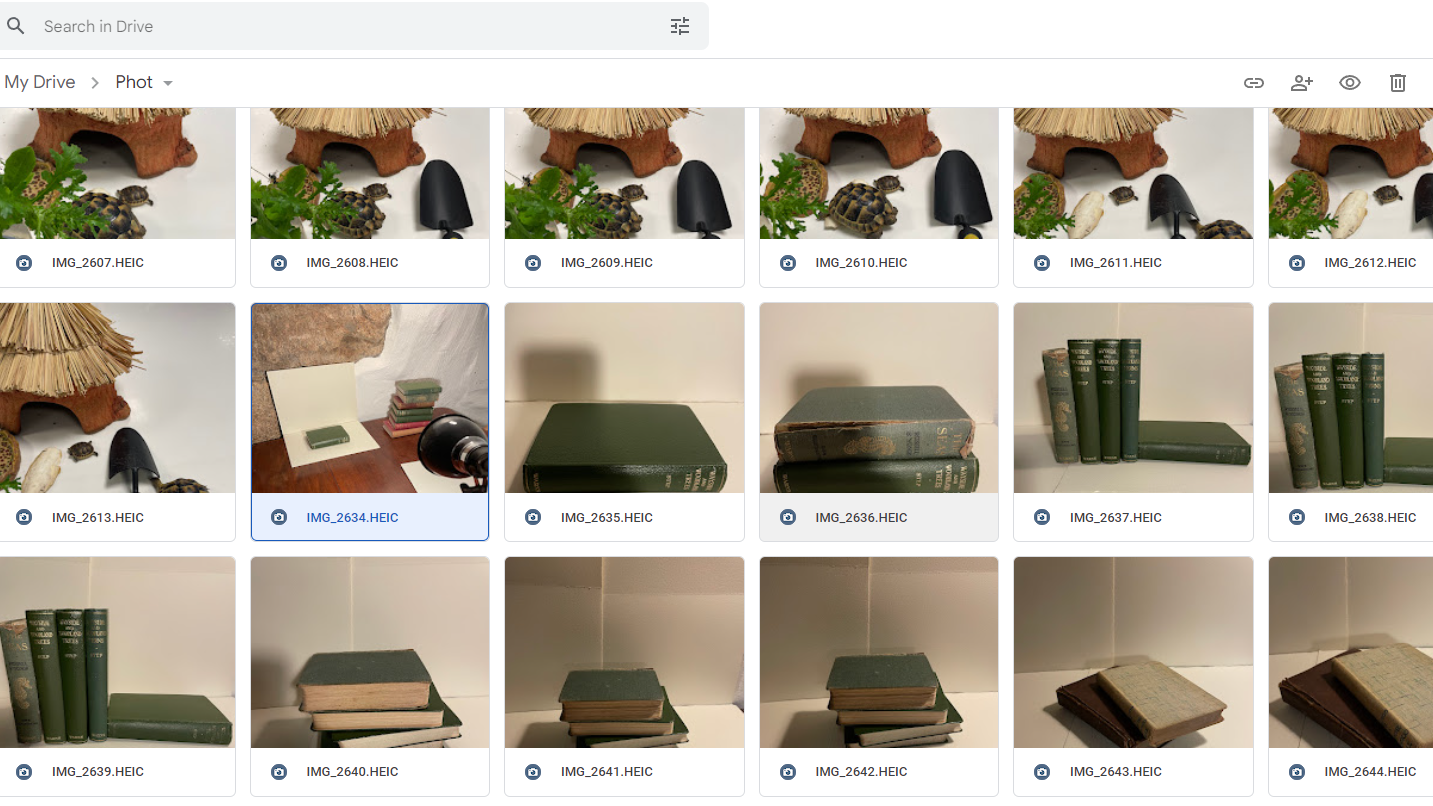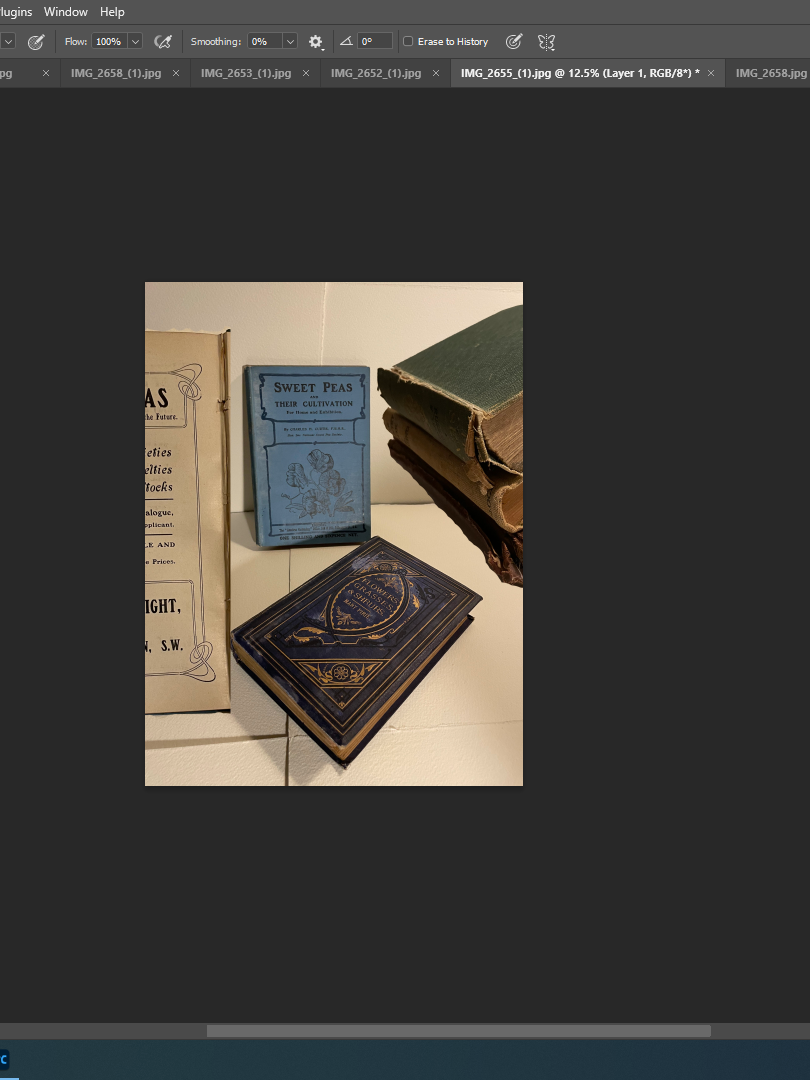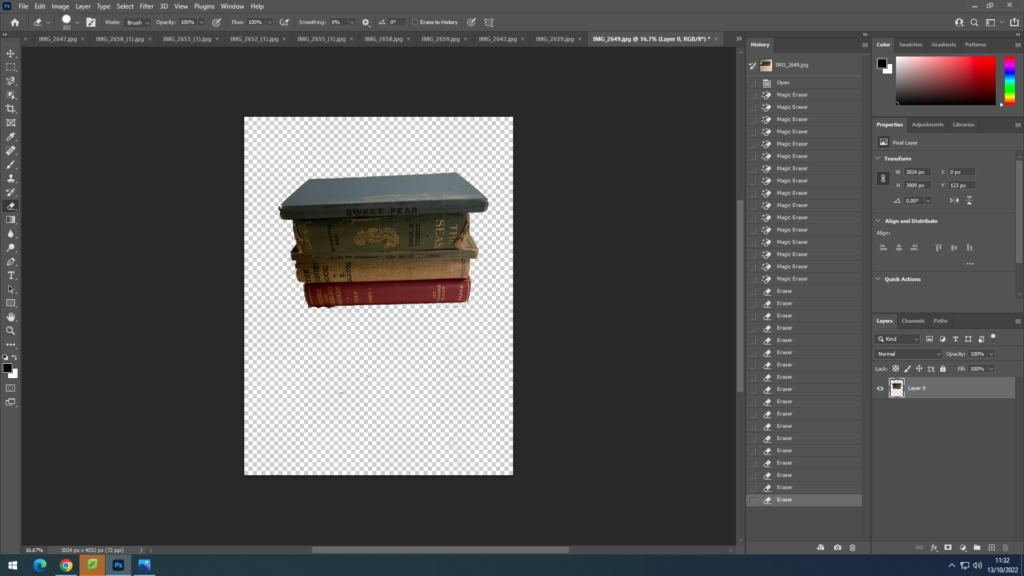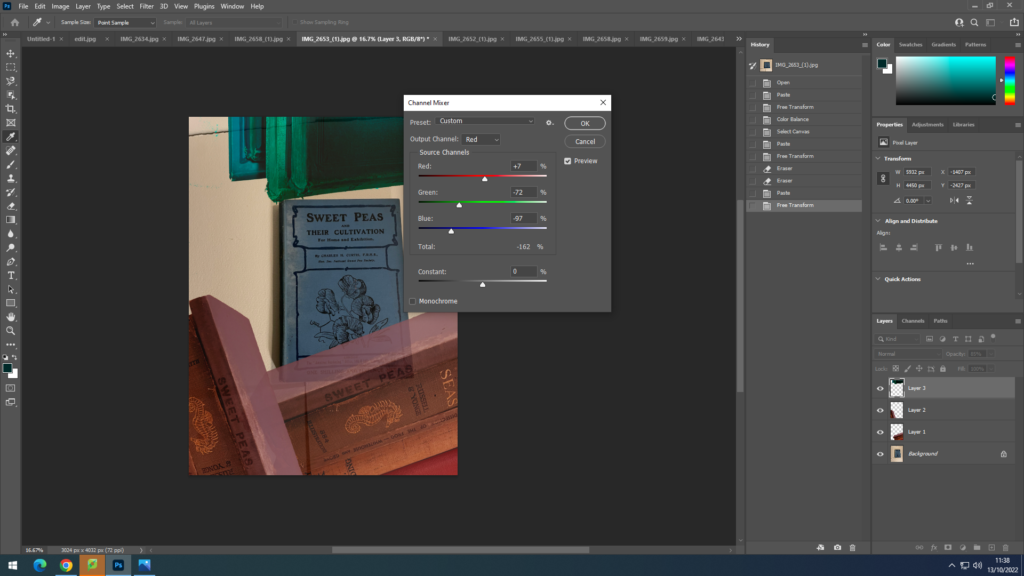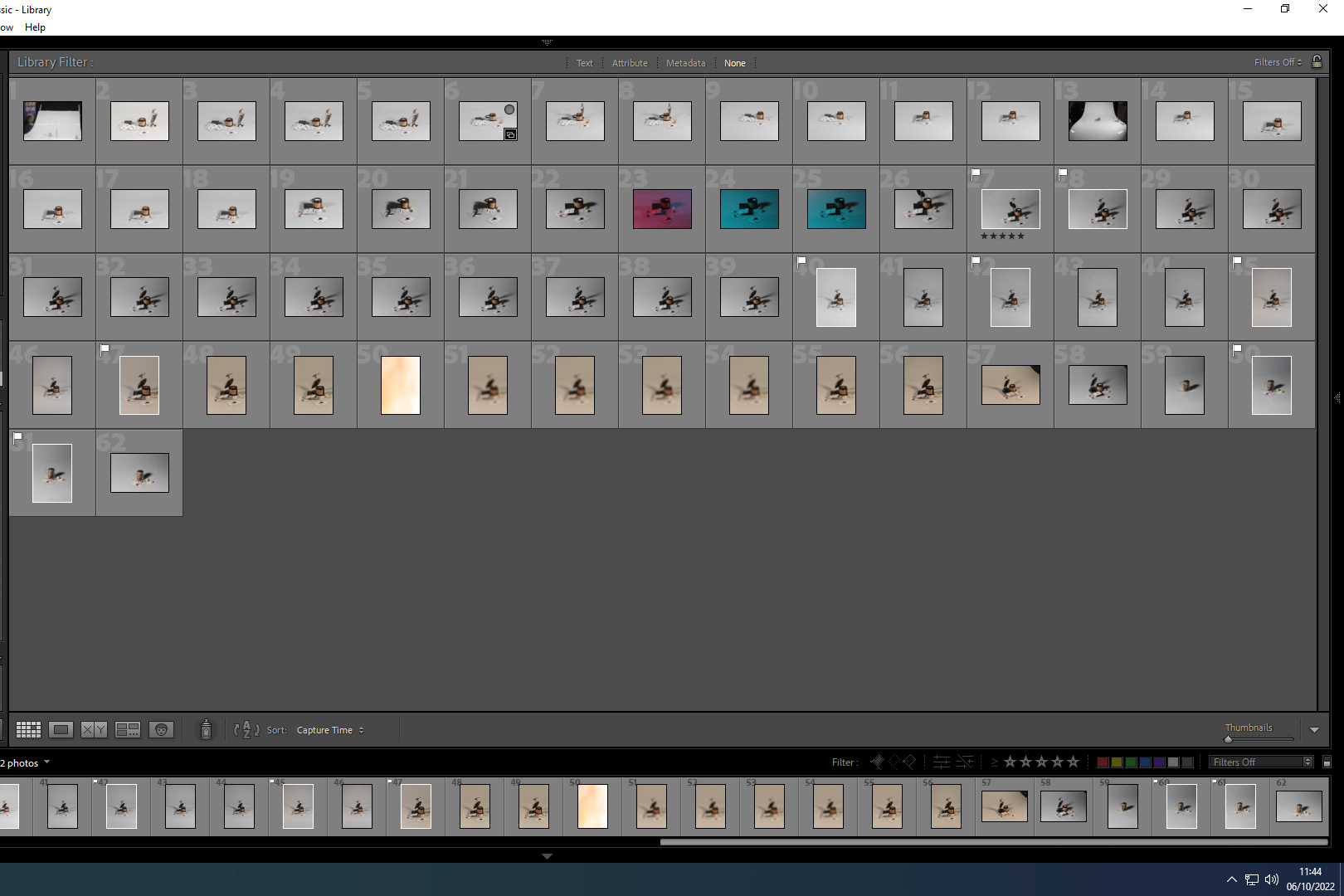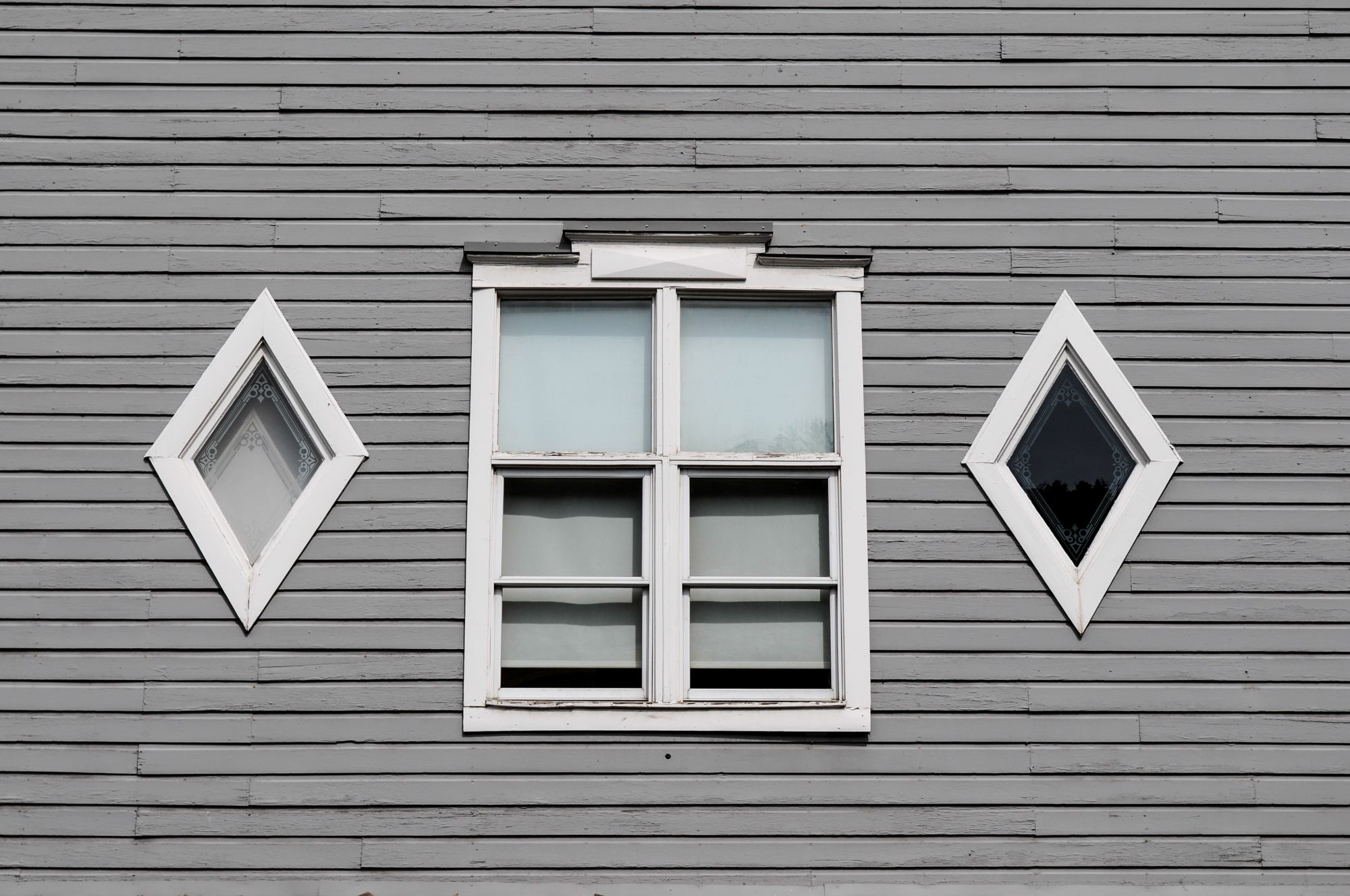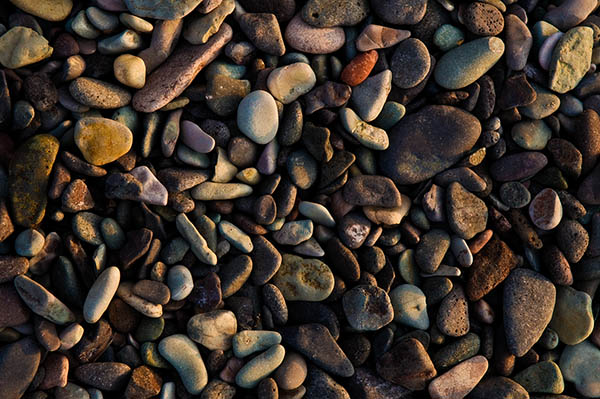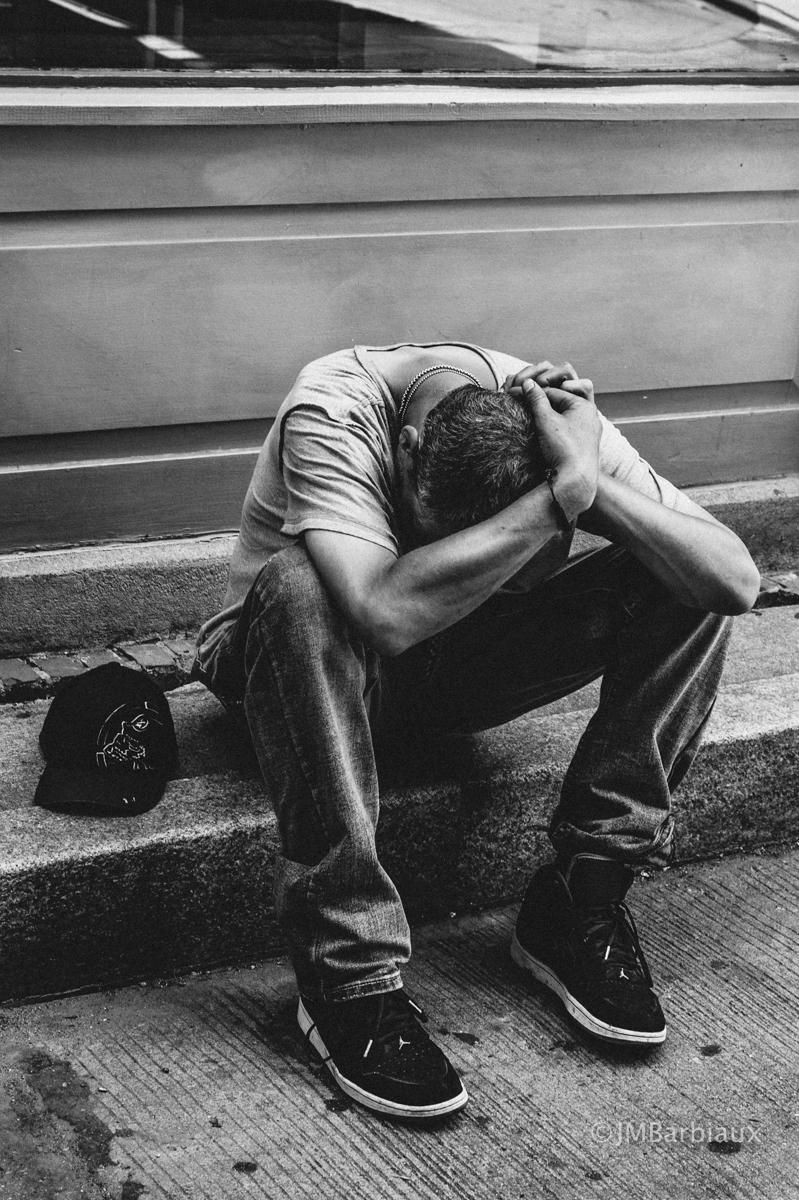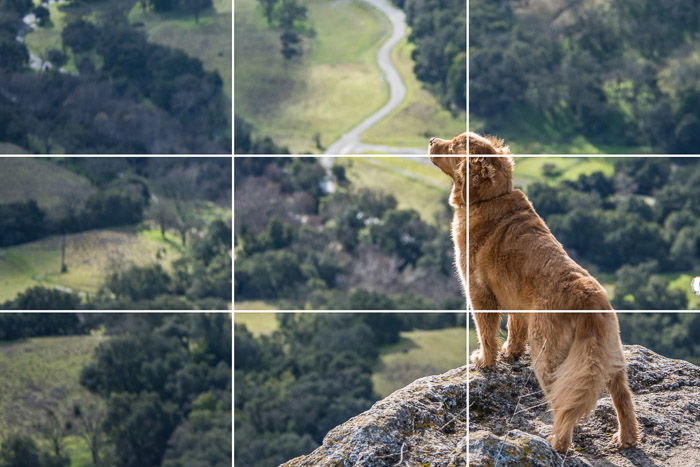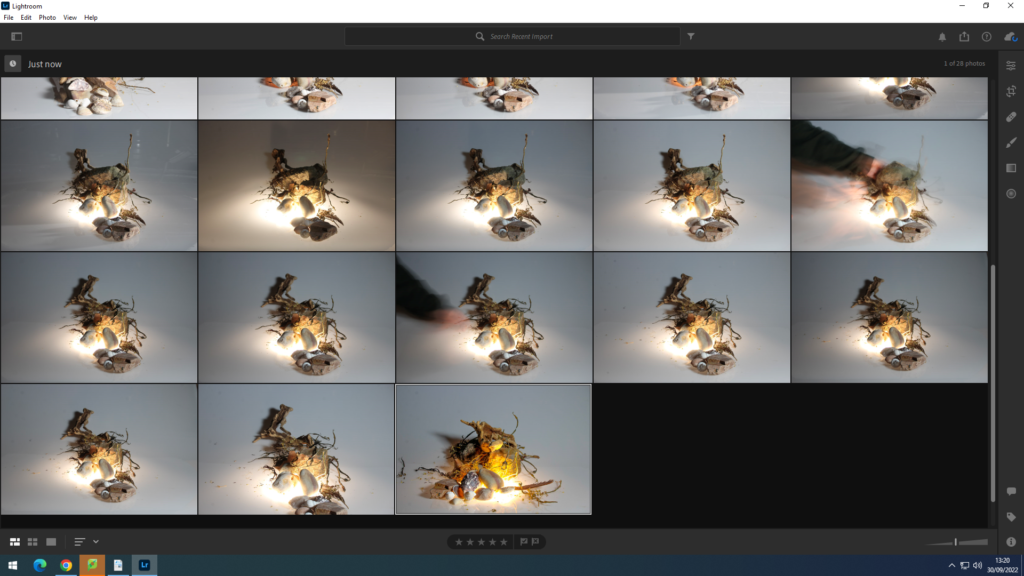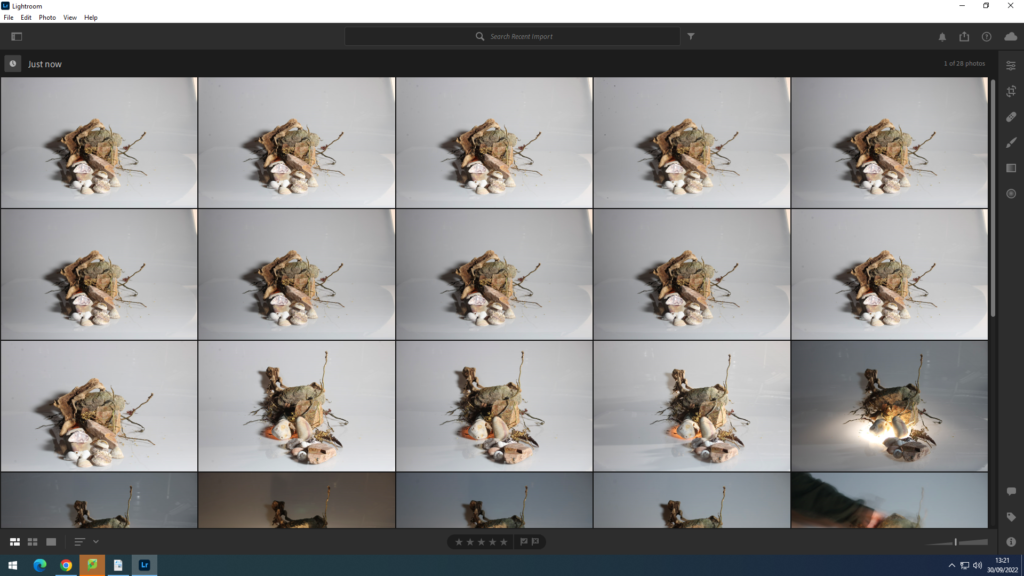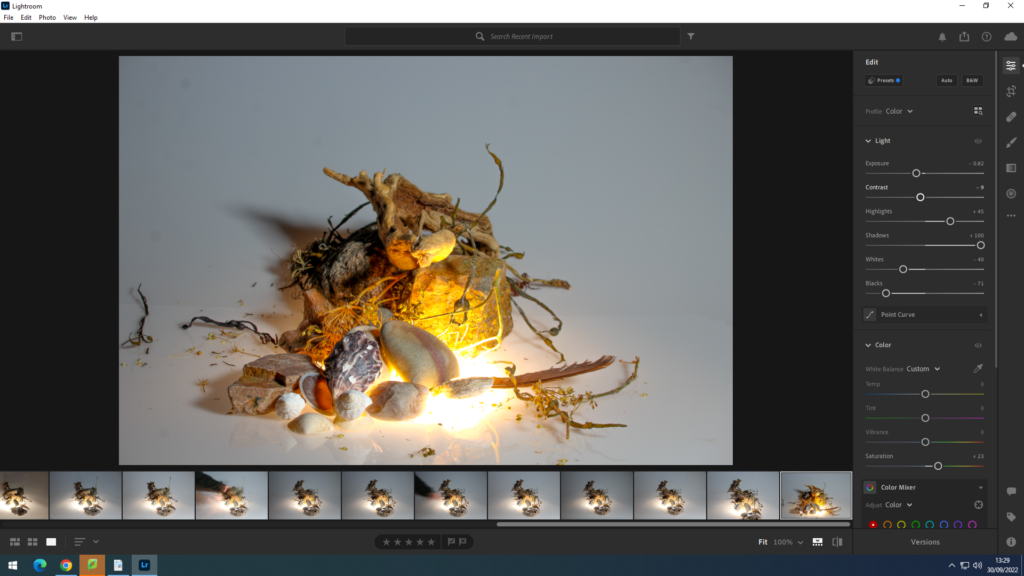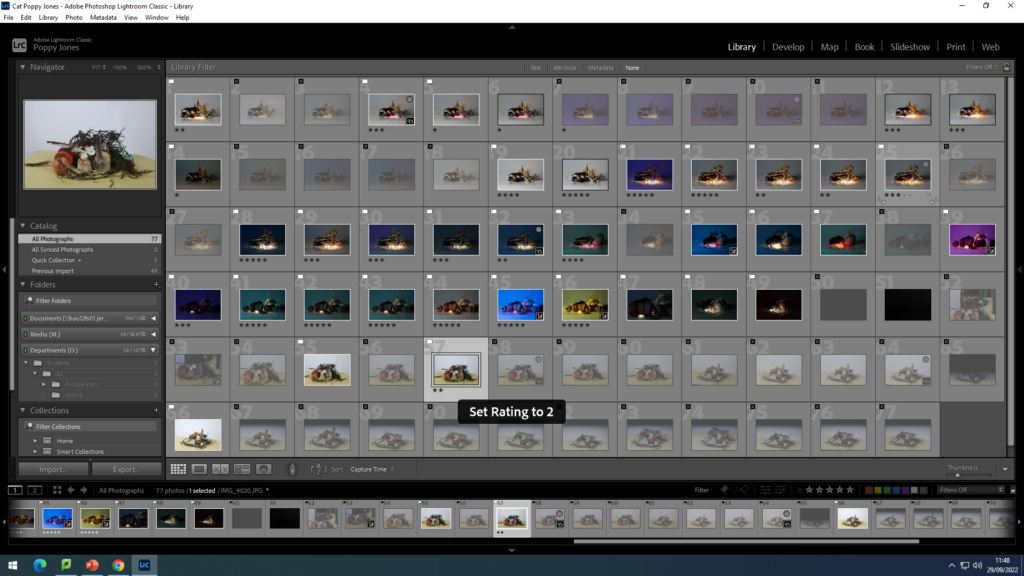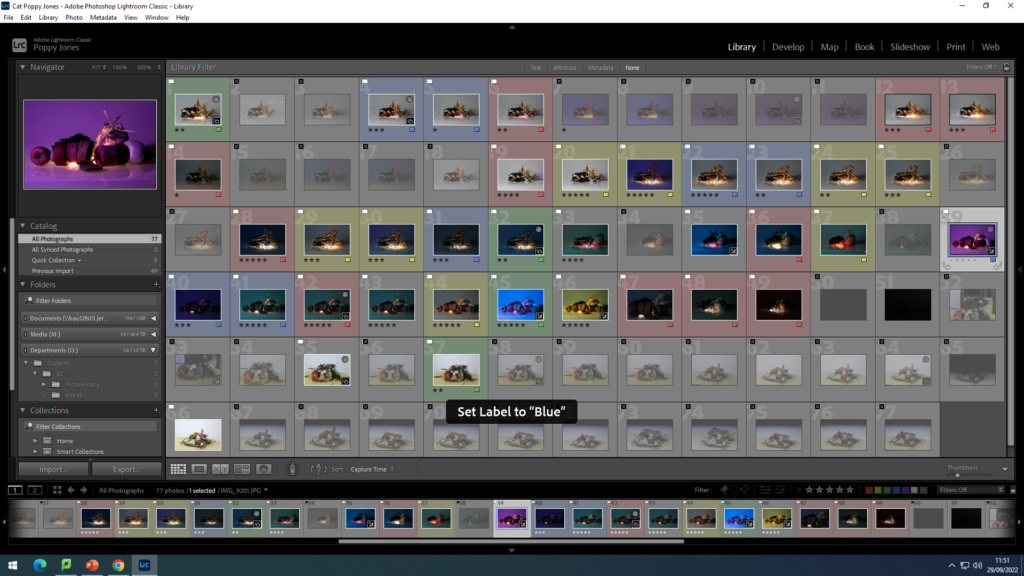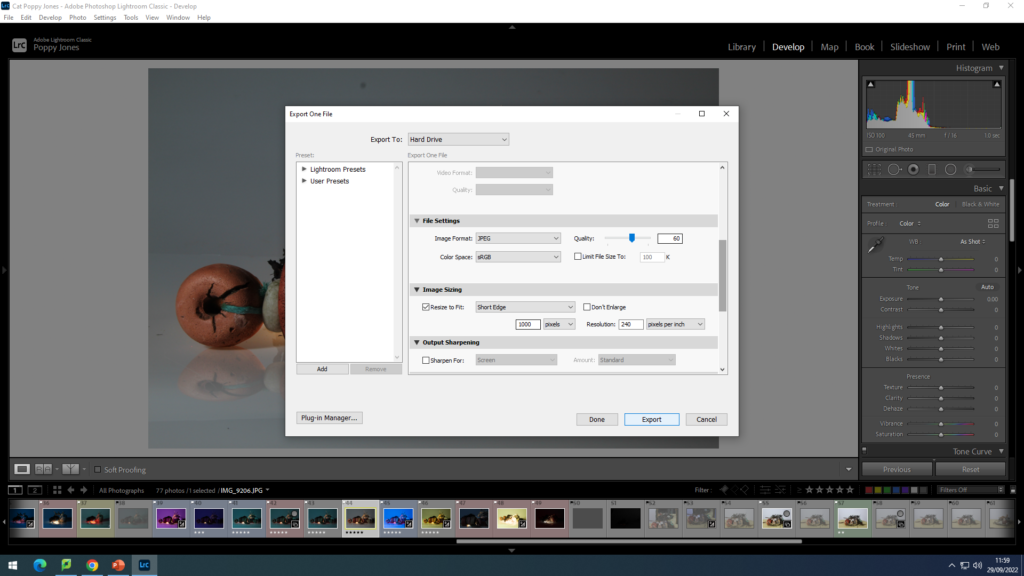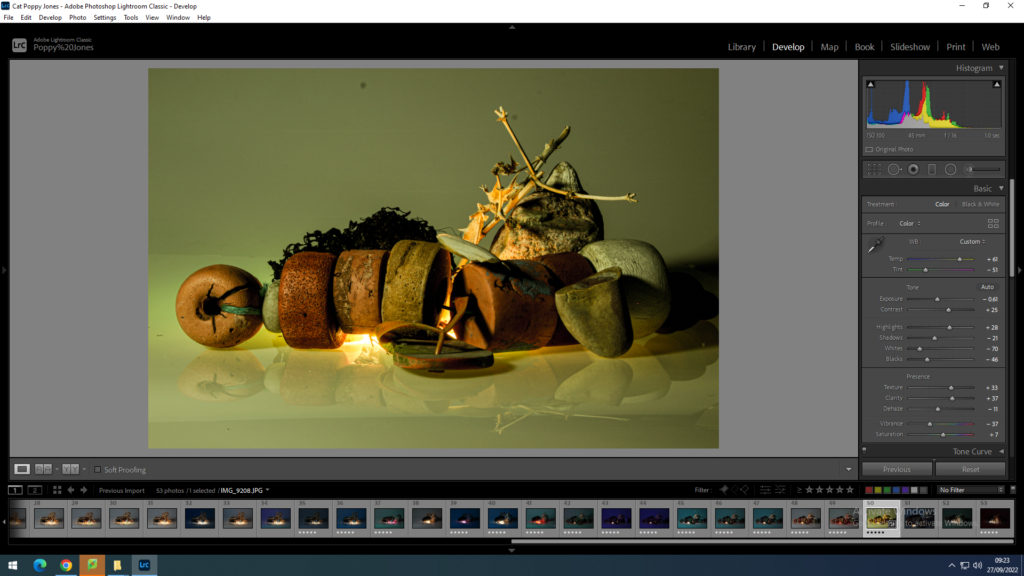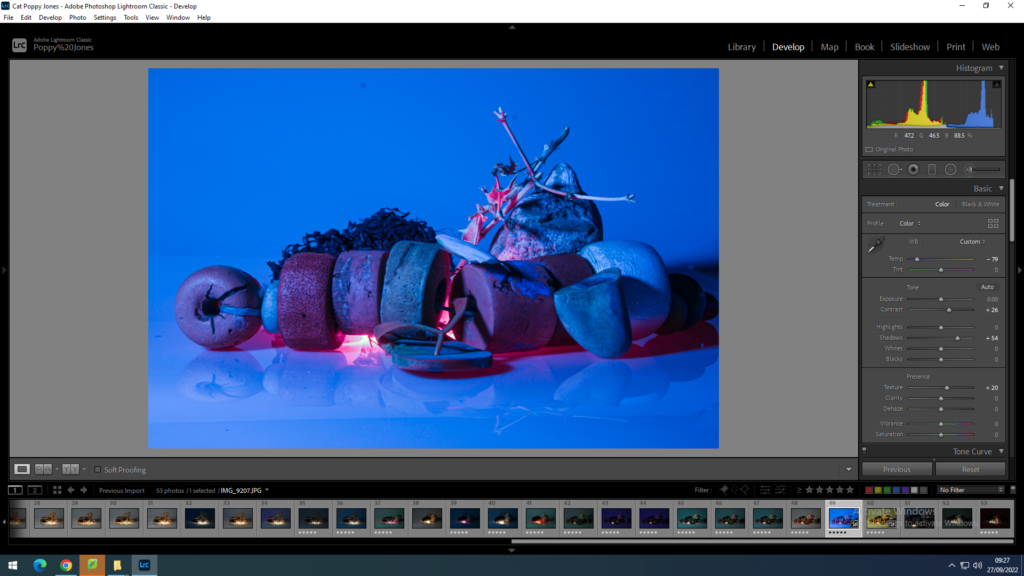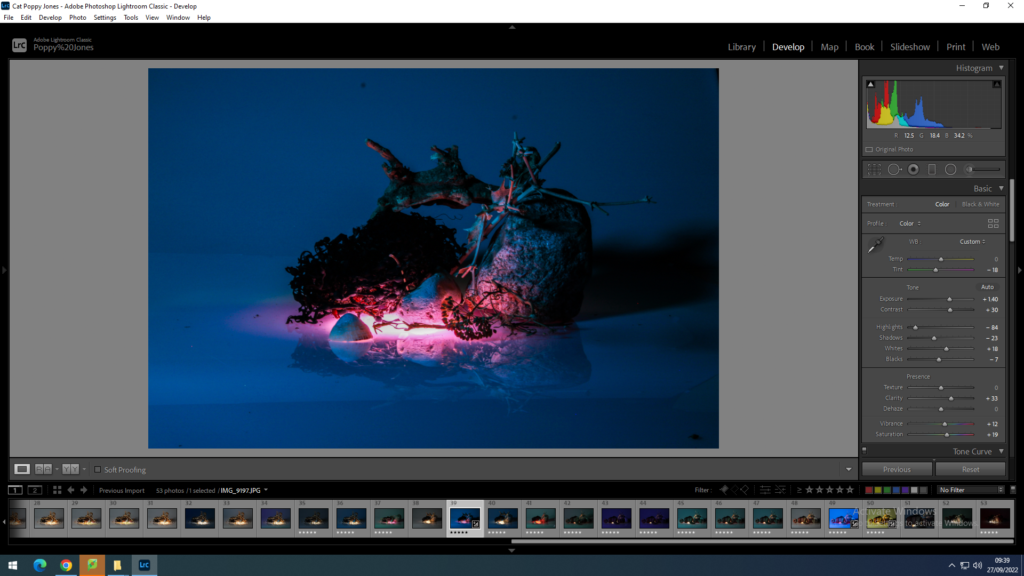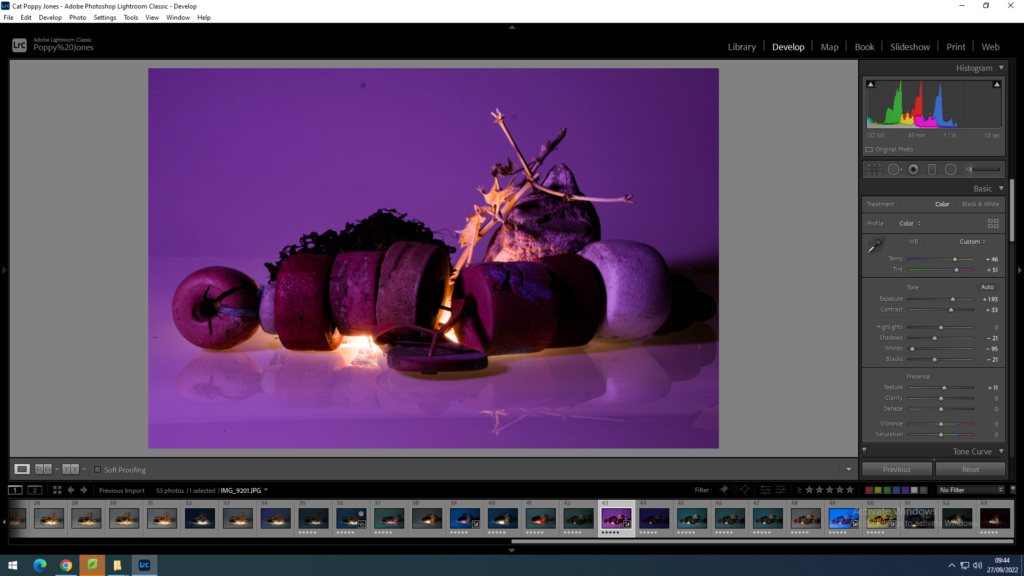Photography is a visual art form invented by Louis Daguerre and Henry Fox Talbot in 1839. The word photography originates from Greek; with “phot” meaning light and “graph” meaning writing. Since then photography has been adapted and advanced by different artists. There are so many genres of photography genres. My favourite is abstract.
“Photographs confuse as much fascinate, conceal as much as reveal, distract as much as compel. They are unpredictable communicators”
This quote by David Campany. I believe he is trying to say how photos are subjective. The photo may not connote the same thing, feelings or memories to other people, as everyone is different and individual. The photo may not be received how the photographer wanted it to be.
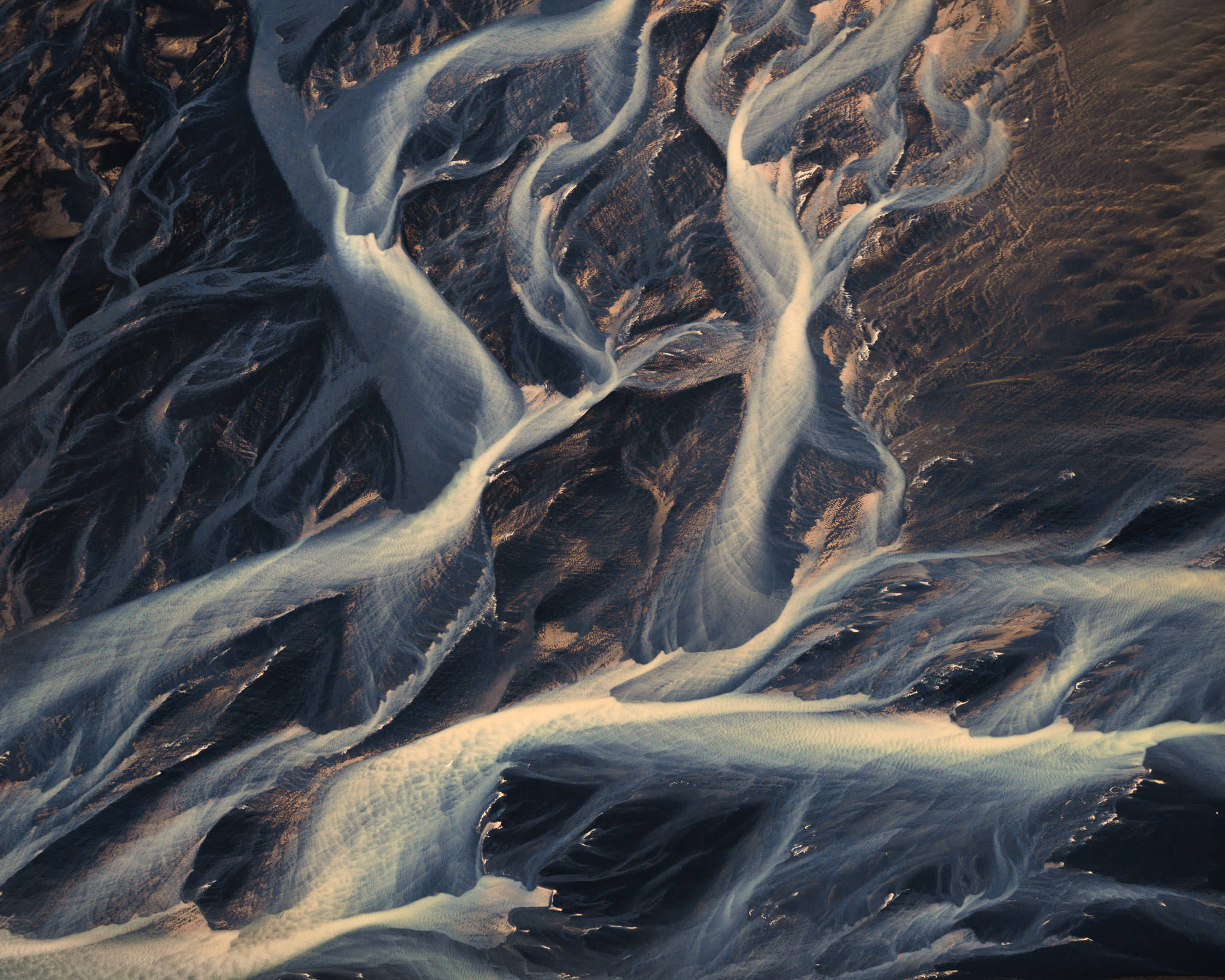
For example, this beautiful abstract image is ambiguous. It looks like veins or tree branches or roots of plant or waves. It allows your mind to explore the meanings, which I enjoy. This relates to Stuart Hall’s reception theory. His theory is about how the audience receive something. There is the dominant view which is the view that the photographer has attempted to create, then there is the negotiated view, in which the audience has partly received the view in which the photographer intended and the oppositional view which is completely different to which the photographer was trying to create. Some photos are ambiguous, which means that the audience of the image can make their own interpretation, as it can have many different meanings. This can be influenced by personal experiences or real world issues. This is very dominant in abstract photography.
For example, this is a photo by Yves Klien in 1960 is of him jumping off a building. It is called ‘leap in to the void’. It became very popular as it was very difficult to take photos with special effects in the 60s. This stunt launched his career. Klien jump off the building, while below him men stood with a tarp to catch him.
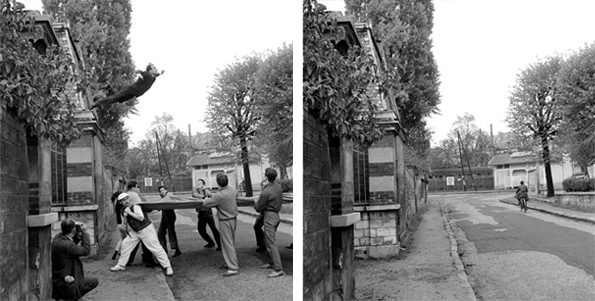
The two photos were very carefully cut and lined up together to give the effect that he was jumping off a building. This inventive and daring photograph creates an a scared and in awe affect of the audience. In photography, it is not clear what is happening in the image sometimes and it is up to the audience to think of the ending. For example, why is he jumping?
Overall, photography has evolved and it continues to evolve. The different genres allow you to be creative and express your feelings, opinions and more.


